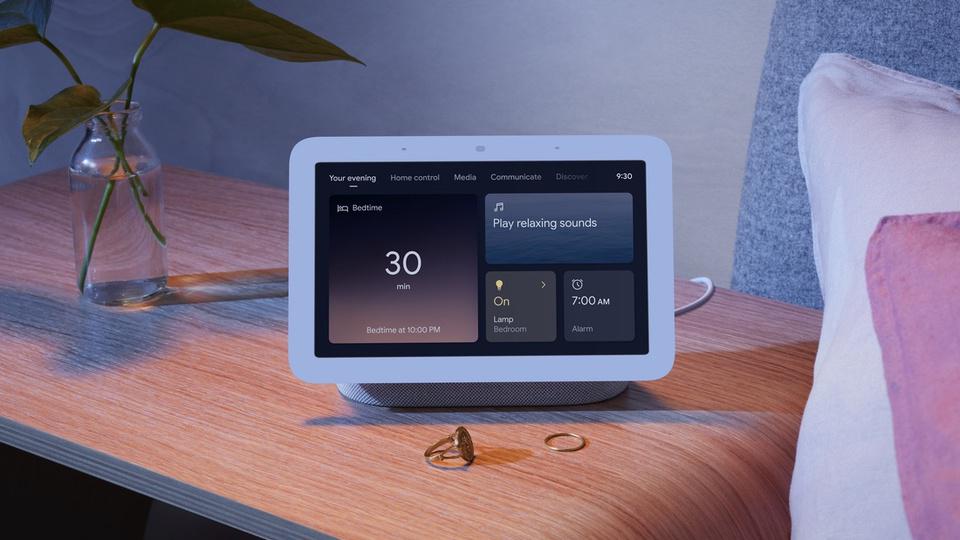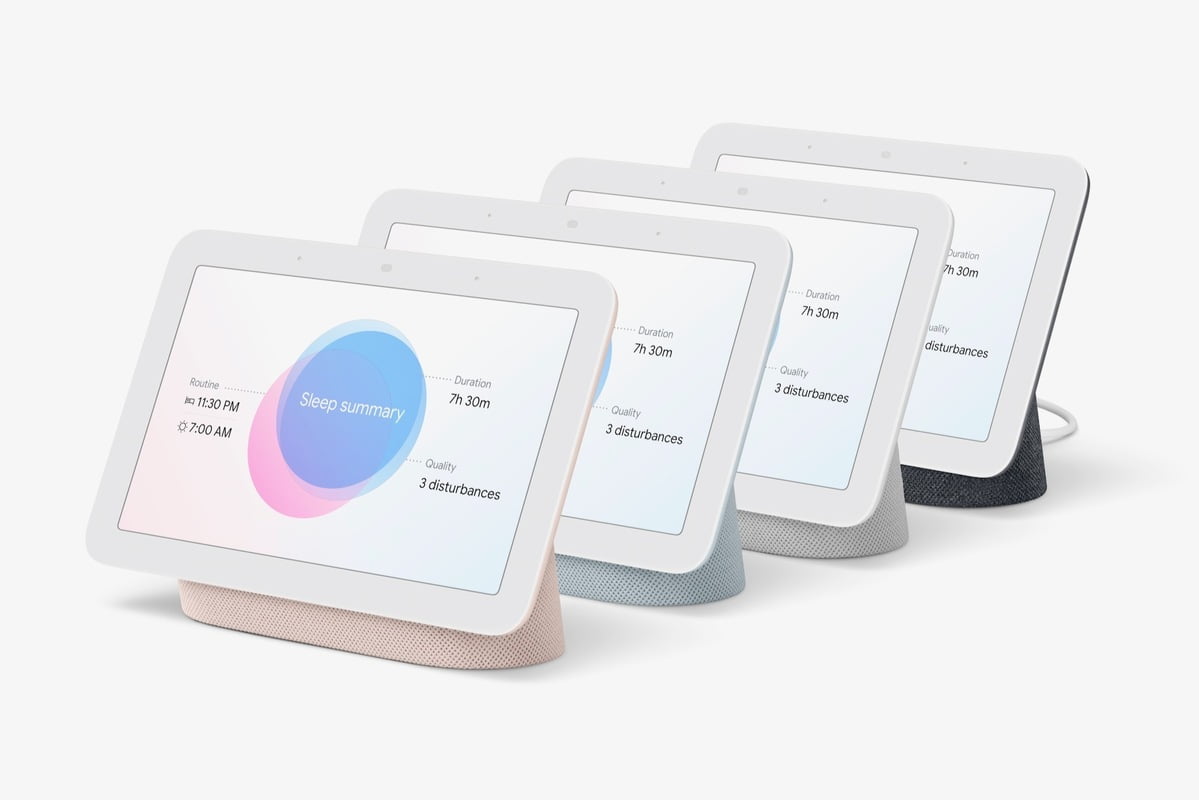Today we were able to see Google’s second-gen Nest Hub and it comes with a new Soli-supported Sleep Sensing feature that will help you monitor your sleep schedule. Google used the Pixel 4 mobile series launched in 2019 as a testing ground to experiment with Soli, the radar-based motion sensing technology.
The idea was good, but there were many who did not find too much utility in a gesture control feature applied to a smartphone. Google knows this, so it has now decided to reuse this technology in a completely different product: the second generation of the Google Nest Hub smart display.
The company has presented the second-generation Nest Hub with the same new design but included the Soli technology to give life to a new sleep detection feature that Google has named “Sleep Sensing.”
The second-gen Google Nest Hub brings the Sleep Sensing feature
This new smart speaker with an integrated display maintains the same design as the previous year’s model, although the bass of the audio system has been improved. The company says it’s 50% better now.
Of course, there is also the possibility of interacting with the Google Assistant, either through the 7-inch touch screen, based on LCD technology and with a resolution of 1024 x 600 pixels, or through the device’s built-in microphone system.
The radar-based sub-millimeter movement detection system, Soli, gives life to the Sleep Sensing technology, with which Google is able to measure the quality of users’ sleep thanks to a series of algorithms that, among other things, are able to identify types of coughing or snoring. All this happens remotely and without the need to wear any type of wearable or accessory.
This technology is based on machine learning and artificial intelligence techniques to evaluate sleep. The researchers in charge of the development of this technology assure that the sleep detection model was trained with more than one million hours of sleep obtained from thousands of different people.
“In order to make use of this signal for Sleep Sensing, it was necessary to design an algorithm that could determine whether a person is present in the specified sleeping area and, if so, whether the person is asleep or awake. We designed a custom machine-learning (ML) model to efficiently process a continuous stream of 3D radar tensors (summarizing activity over a range of distances, frequencies, and time) and automatically classify each feature into one of three possible states: absent, awake, and asleep,” Google officials stated.
This way, every morning users will receive a personalized “sleep report”, in which the most relevant details can be observed.

Google Next second-gen price and release date
Google has confirmed that the Sleep Sensing system integrated into the second generation of the Nest Hub display is available for free until next year. After that date, the company’s intention is to integrate this function into the ecosystem of Fitbit somehow (Google bought Fitbit some time ago). In summary, the company wants to integrate this feature into a paid subscription plan offered by Fitbit. For now, the price of this service is unknown.
What we do know is the price and availability of the second generation of the Nest Hub display. As of today, it can already be ordered through the official Google store with a $99.99 price tag. For now, it will only be available in the United States, Canada, United Kingdom, Germany, France, and Australia.





